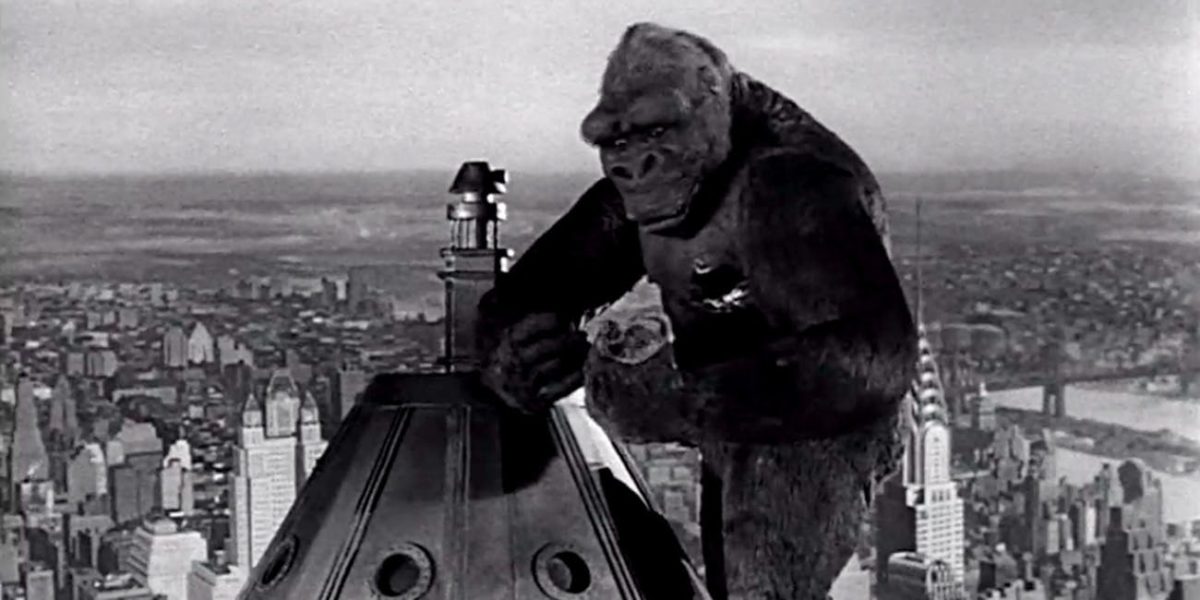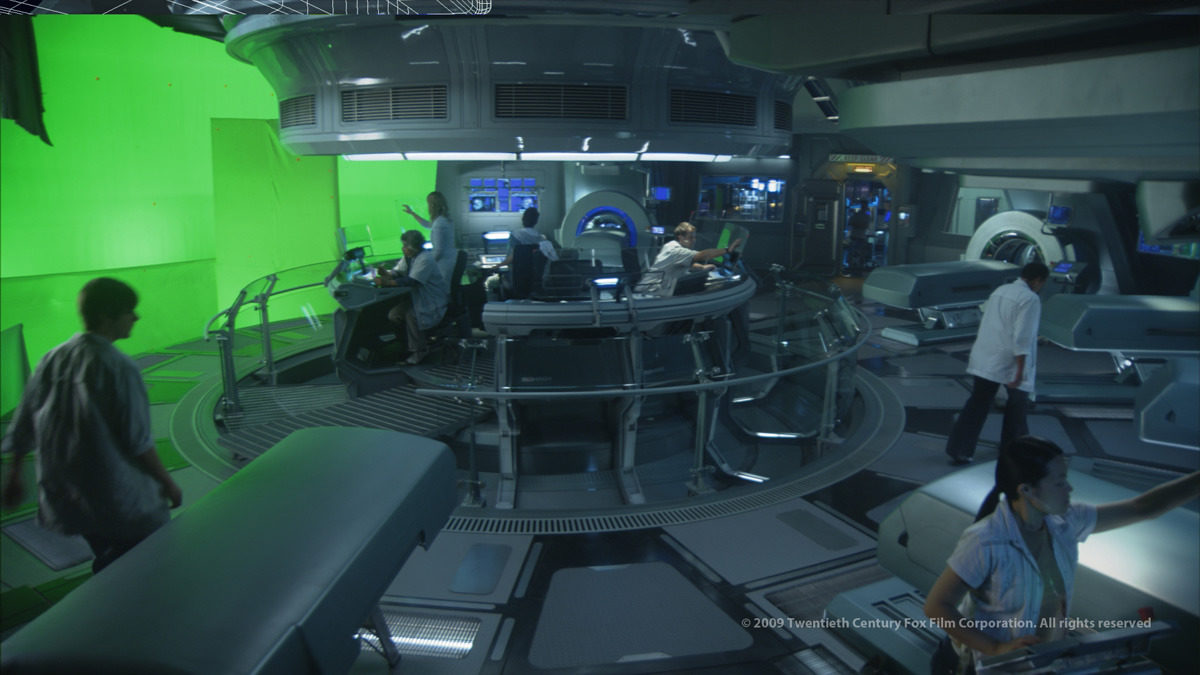The refrains are nothing new. Hollywood doesn’t make mid-budget drama anymore. The assembly line of superhero blockbusters is resulting in bigger, louder and less coherent movies. Easily-distracted audiences demand an over-the-top set piece every 15 minutes.

The inevitable endpoint in a lot of those discussions is to lay blame at the feet of the computer animated VFX industry. To many it’s sucked the soul out of commercial cinema; movies more about spectacle rather than story, thrills rather than character.
The purpose and promise of VFX was to create anything that couldn’t be achieved in camera using special effects like pyrotechnics, make-up, etc. As Weta Digital senior VFX supervisor Joe Literi says, “You’re seeing something that can’t possibly be real, but you’re going to go with it because it looks real.”
Before we complain about how homogenised VFX has made movies, it’s worth remembering that there are still great examples of the craft. The Moving Picture Company’s work creating a realistic 1982-era Sean Young for Blade Runner 2049 and Weta Digital’s simian heroes in the Apes trilogy were Oscar-recognised for good reason.
But between one dinosaur attack/superhero mash-up/city destruction epic to the next, effects industry veteran Richard Edlund thinks the imagery that comes from the world’s VFX houses tends to blend together, the ILM alumni calling the miasma a “sausage factory”. “On any given day there are more than 1,000 shots in the pipeline for the next Marvel movie. They’re basically fighting each other for space in the VFX companies.”

Edlund misses effects that don’t necessarily look photo-real but which suit the story. He tells a possibly-apocryphal tale about 1933 King Kong special effects supervisor Willis O’Brien, who was concerned about the look of Kong’s fur moving between stop-motion frames until an RKO executive said “That monkey’s really pissed. Look at his fur, it’s bristling!”
Edlund believes young moviegoers who’ve grown up with photo-real CGI don’t know how to suspend disbelief anymore. “They can’t watch a movie like King Kong because they can’t reconcile the channelling of stop motion, the lack of motion blur that should be there and isn’t.”
It’s easy to blame VFX vendors or even directors, but to Laika Animation senior compositor and matte painter Mike Terpstra, it’s audiences who resoundingly tell studios they want the sameness of more Marvel, Star Wars, Harry Potter, etc. “All films in a franchise must maintain a certain look to retain continuity,” he says of the common cinematic language we have thanks to VFX.
But while moviegoers stay away from multiplexes in increasing numbers, Literi thinks it reveals a vendor or director who hasn’t done their job well enough rather than general malaise about VFX. “It takes [us] out of the story,” he says. “Calling CGI ‘fake’ is self-fulfilling – if you know it’s fake, then you’ve called out bad VFX.”

To Literi, the secret sauce of doing that job well is physical realism (such as the illusion of weight). “We want Avatar to look like we went to another planet, shot the movie and bought it back to you. That level of realism takes you beyond suspension of disbelief, but yes, it’s very easy to break. When you make things too stylised just because they can be, audiences pick up on that.”
Oscar-winning DP Dean Cundey agrees, saying; “As audiences, we’ve seen enough falling objects to know it’s not the way something reacts, and it takes the edge off the magical mystery of it.”
Of course, VFX is in something of an arms race with audiences. The digital Arnold Schwarzenegger from Terminator Genisys or Sean Young from Blade Runner 2049 that were astounding a few years back are already the new normal. As Edlund puts it, “PhDs come in and figure out these outrageously complex algorithms and processes to fool a 10-year-old, and the 10-year-old is becoming more difficult to fool.”

But as films from even the effects heyday of the 80s prove, Terpstra thinks story still trumps effects regardless of quality. “If we get hooked on the story early in the film, we’re more willing to overlook older-looking practical effects like puppets to enjoy ourselves,” he says. “Look at ET.”
In fact, psychologists will tell you humans respond to stories with unique emotional investment regardless of the quality of the tools. We’ll respond to crude shadow puppets against a wall if the story compels us, so to Literi, an audience is doing half the work for you. “At that point your job is to just not take them out of it. Don’t mess it up by doing something gratuitous or bad.”
All that’s left to wonder is how exactly we got here. The ascent of blockbuster cinema since the 1970s meant directors had to realise on-screen visuals of even more scope – visuals impossible to stage with practical effects.
“[Studios] want to spend the least amount of money possible to make the most money at the box office and visual effects movies are a good way to do that,” Edlund says.
Cundey goes further – he’s seen VFX become a bigger piece of the toolkit just because it can. “Digital people and compositors learned how to [do VFX] in their basements and they got wrapped up in it,” he says. “They were given a shot that had been storyboarded and said, “not only can we do that, we can also do this.” The director then says “hey, why don’t we also do this?” The shots get bigger and some of it gets a little soulless.”







